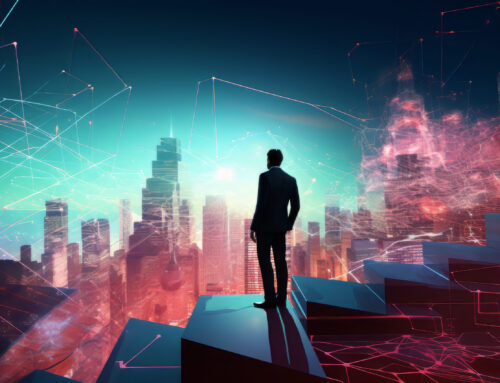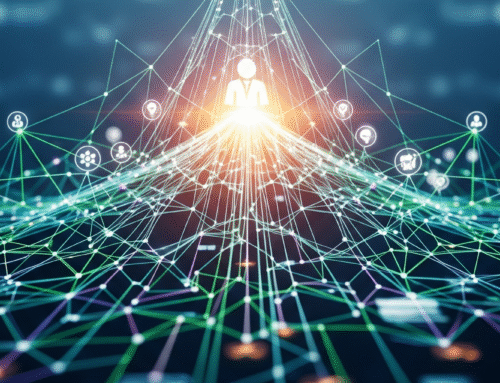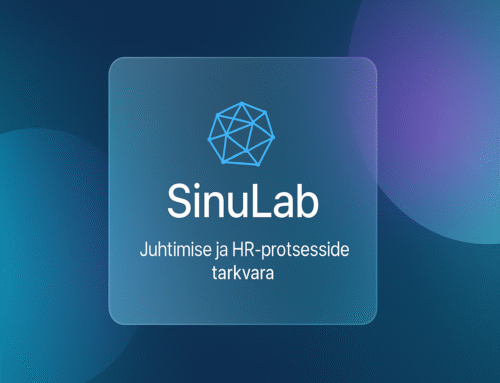One issue that I discuss consistently with my clients and network through various development projects and collaborations is that Companies and Executives work hard to find the right Employees. But even more critical and attention demanding, Companies and Managers see the need to KEEP the good Employees.
Even if you are successful in attracting and recruiting, the competition in the market is so tight that a good Employee may not stay, because many other companies make good offers, too. In the other hand the problem may be that the employee does not adapt quickly enough to his or her job and responsibilities, or with the company culture, work habits, or values. Problems can arise later, such as motivation, commitment and satisfaction. All this may result that the person may not become a talent in YOUR company. But we need talents.
Today’s labor market is undergoing major changes. Forms and ways of work are changing, such as the ever-increasing need for flexibility, job-bites, project-based work, and so on. Employee expectations for Employers are also changing, primarily in terms of quality of Management & Leadership, but also in terms of work environment and equipment, which support new forms of work and flexibility. The keyword here is digitalization.
Digitalization is increasingly reaching small and medium-sized businesses, not only as sales and financial software, but also concerning internal processes and workflows that help shape better strategic focus, value creation and both company and individual performance.
Today’s key challenges for Leaders are:
- Finding and hiring good people
- Retaining talents
- Changes in work and employment relationships
- Digitalization
All the challenges above are directly related to Employee Experience (EX). And not just about Employee Experience, but Employee DIGITAL Experience. We are talking about the rapid digitalization of Employee Experience in order to remain competitive.
Before jumping into Employee Digital Experience, we first need to talk about what the Employee Experience is, how it is designed, and why it is needed.
What is employee experience?
In short, Employee Experience is a combination of what an Employee’s EXPECTATIONS (before entering and while working in the organization) are, his or her EXPERIENCE (including emotional experience) and how he or she sees oneself in this environment, so called SELF-DEFINING.
Most typically, Employee Experience is described through a variety of Employee-related activities and processes, which can be broadly divided into eight major ones. It is also known as Employee Lifecycle.
An Employee’s expectations are usually related to how he or she sees and perceives the future or existing Employer. For example, such expectations can be shaped by a conscious and targeted Employer Branding, the Recruitment process and the first impression at the start of the Employment relationship. Employee expectations usually develop depending on what the Employer has promised or offers to other Employees of the Company. It is worth remembering, however, that expectations are very individual and are influenced by many different factors, both internal and external.
Experience is the received positive or negative experience of working in a Company and is shaped by the various aspects and processes the person has to deal with as an Employee. For example, employment terms and company rules, work equipment, workplace relationships, Management & Culture, Leadership standards etc.
Self-defining, however, in the context of Employee Experience, means how an Employee perceives own employment related relationships, the significance of their work, and how they see their contribution to creating value for the Company’s customers and overall results. Self-defining is closely related to psychological and social factors in the work environment of the Company, feedback and appreciation of its people.
Failure to meet expectations, negative experiences, and a lack of understanding of the meaning of their work leads the Employee being unhappy at work and not making the maximum contribution, rather than being average or weak.
How to design an Employee Experience when there are so many factors that can be completely different for each individual?
The most common approach to Employee Experience is defining it through the so-called employee Life-Cycle, starting with how the company presents itself as an Employer on the labor market, and what impressions it creates.
Broadly speaking, an employee’s life-cycle can be divided into seven parts: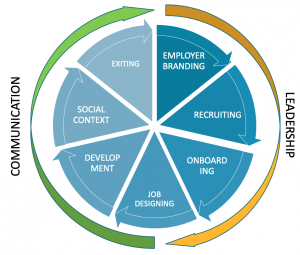
- employer branding
- recruitment
- Onboarding and adapting
- job design
- development activities
- social environment
- exiting
Analyzing the Employee Experience through the Employee’s life-cycle first gives a good idea of what the Company is doing for the Employees today, and helps explain where more could be invested.
Both Communication and Leadership have overall and most relevant role in the whole process.
Why do we need employee experience and its digitalization?
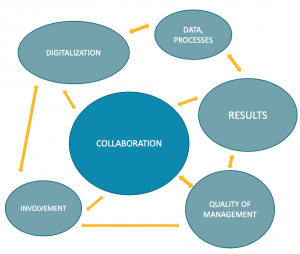 Owners and Managers are interested in good results. In order to achieve results, the Company must operate as one system, where the environment, employees, management and processes play an important role.
Owners and Managers are interested in good results. In order to achieve results, the Company must operate as one system, where the environment, employees, management and processes play an important role.
Today the Employee Experience is particularly influenced by digitalization but also the lack of it. Digitalization, in terms of Employee Experience, refers to the processes that the Employee is directly and personally affected by or participating, mostly Company internal activities and processes.
Digitalization can simplify many activities and processes and reduce the time spent on administration, both for Employees and Managers. It is often believed that Managers time is more important resource than Employee time. It’s not true any more and should not be the case in any Company.
Digitalization of Employee Experience is primarily about simplifying and, where possible, automating activities that help to direct an Employee’s potential & resources towards work performance, development and results.
Employee and development-related digital data and their fast analysis provide support and direction for future business decisions.
The digitalization of Employee Experience also contributes to the quality of management, facilitating the involvement of Employees and Managers in activities that have previously been restricted due to bureaucracy, excessive complexity or accessibility.
How to design a digital employee experience?
Modernizing and designing Employee Digital Experience should be approached as a strategic development project. Volume, focus and deadlines can vary widely across companies. We recommend that you carefully think about your steps and activities in order for a company-wide development project to succeed. Here’s a little help for you.
Steps of designing the Employee Digital Experience:
- Map and analyze your company’s current employee experience
- Involve leaders and prioritize the topic as a strategic goal for the company
- Develop a vision of the employee (and digital) experience for the future and define focus
- Map obstacles and challenges
- Explore digital tools and solutions, match and analyze the opportunities
- Design desired processes
- Pilot, test tools, adapt
- Implement a new digital approach
- Support and monitor the entire organization
- Analyze the Impact and problems encountered, ask for feedback
- Improve


